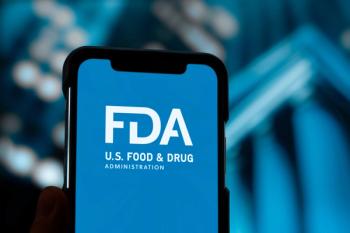
Brukinsa Snags Third FDA Approval for Lymphoma
The agency has granted accelerated approval to Brukinsa as a second-line treatment for patients with marginal zone lymphoma, a group of slow-growing non-Hodgkin lymphomas.
The FDA has
Brukinsa is a small molecule inhibitor of Bruton’s tyrosine kinase, which plays a role in B-cell receptor signaling, a driver in the development of marginal zone lymphoma. In 2016, there were
The approval is based on efficacy results from two single-arm clinical trials, with overall response rate as the primary end point. In the phase 2 MAGNOLIA trial, 66 patients were evaluated. Based on assessment using CT scan, the overall response rate was 56%; based on assessment prioritizing PET-CT scan, the overall response rate was 67%. In a phase 1/2 trial, 20 patients were evaluated, and based on assessment using CT scan, the overall response rate was 80%.
The most common adverse reactions in a pooled safety population of 847 patients were decreased neutrophil count, upper respiratory tract infection, decreased platelet count, hemorrhage, decreased lymphocyte count, rash, and musculoskeletal pain.
“We are optimistic that Brukinsa will bring clinically meaningful benefit to patients with relapsed or refractory marginal zone lymphoma,” Stephen Opat, MBBS, director of clinical hematology at Monash Health, head of department of hematology at Monash University, and lead principal investigator of the MAGNOLIA trial, said in a statement.
The recommended dose is either 160 mg twice daily or 320 mg once daily, taken orally with or without food.
Brukinsa was approved by the FDA in November 2019 for the treatment of mantle cell lymphoma in adult patients who have received at least one prior therapy and in August 2021 for adult patients with Waldenström’s macroglobulinemia.
Newsletter
Get the latest industry news, event updates, and more from Managed healthcare Executive.

















































